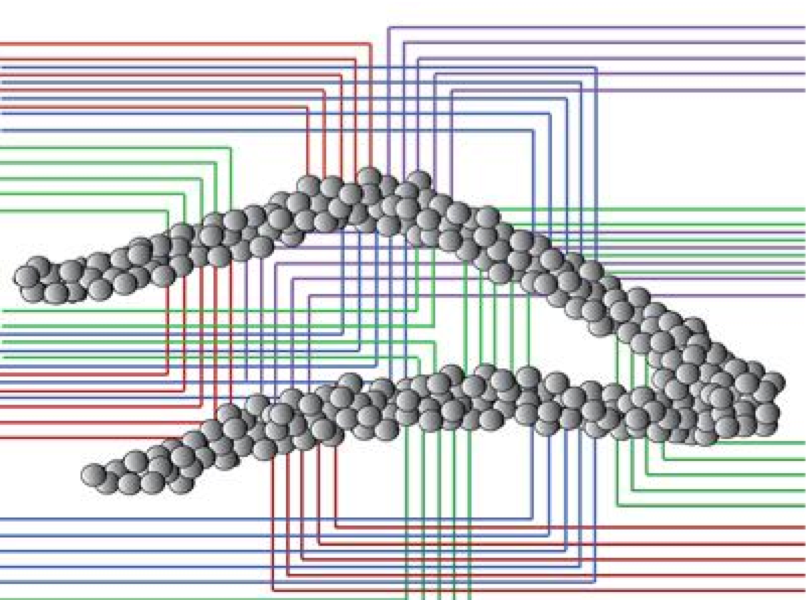
AUTHORS: Finnegan R, Becker, S
SUMMARY: Rory Finnegan
In our paper “Neurogenesis paradoxically decreases both pattern separation and memory interference”, we investigated the role that young neurons in the dentate gyrus of the hippocampal formation have on learning and memory. In particular, we were interested in how the unique properties of young dentate granule cells (DGCs) contribute to reducing memory interference when learning highly similar patterns, which has been observed in many human and animal studies. We used an artificial neural network to simulate a collection of DGCs and various methods to differentiate young vs mature DGCs during learning. In particular, the simulated young adult generated neurons were more plastic and hyperactive but were less densely connected with afferent projections. Our results showed a significant improvement in overall performance on highly similar patterns when a small population of the young DGCs were used. Interestingly, young neurons caused a decrease in pattern separation. Pattern separation is a type of neural coding that maps highly similar input patterns to less overlapping output patterns, which is believed to increase as a result of neurogenesis (birth of neurons). This finding is somewhat contradictory to current theories. Overall, these results suggest that adult neurogenesis (birth of new neurons in the adult brain) along with apoptosis (programmed cell death) may serve more as a mechanism for regulating a heterogeneous mixture of young and mature DGCs based on learning demands rather than simply increasing the sheer number of DGCs available for pattern separation tasks.
CITATION: Finnegan R, Becker S (2015) Front Syst Neurosci 9:136 10.3389/fnsys.2015.00136.
AREA: Learning & Memory (Computational Neuroscience)
PHOTO CREDIT:http://www.frontiersin.org/files/special%20topics/2988/thumb_400.jpg